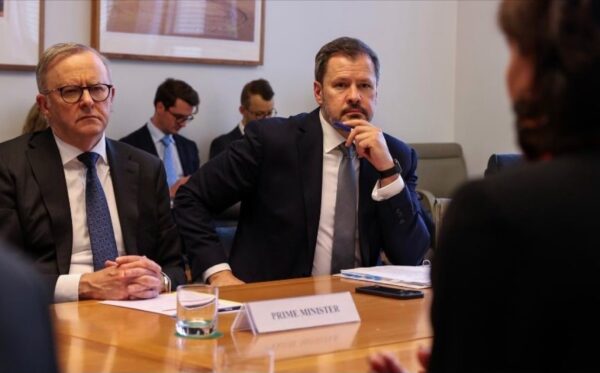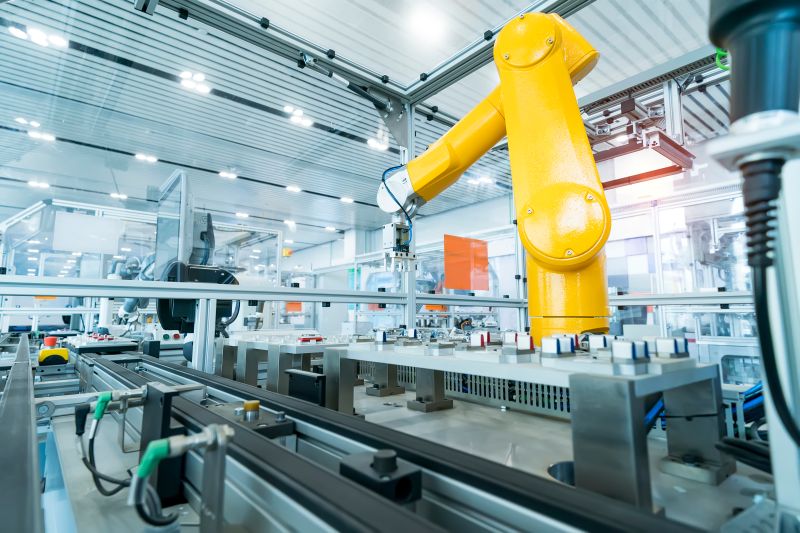The new National Battery Strategy is part of the federal government’s $22.7 billion Future Made in Australia policy which aims to establish the nation as a globally competitive producer of batteries and battery materials,
The new battery strategy identifies a suite of strategic opportunities, including stationary energy storage manufacturing, processing minerals to produce battery active materials, boosting battery research and developing batteries for the transport sector.
Federal Industry Minister Ed Husic said Australia should be playing a larger role in global battery production as domestic battery production only accounts for 1% of global production despite the country having 45% of the world’s critical minerals.
“Australia is a pioneer of battery tech, yet for too long we’ve sent our ideas offshore and lost the good jobs they create,” he said.
“A strong battery industry can supercharge our path to net zero and create a future made in Australia.”
“Australia is moving beyond a ‘dig and ship’ economy to become a renewable energy superpower.”
The centrepiece of the battery strategy is $532 million in financial incentives to establish the Battery Breakthrough Initiative to grow Australia’s battery manufacturing capabilities. Announced in the budget earlier this month, the funding will be spread over seven years and administered by the Australian Renewable Energy Agency (ARENA).
The government has also committed $20.3 million for the Building Future Battery Capabilities measure to build future battery capabilities and strengthen national collaboration.
In addition to the national battery strategy, another $7 billion has been committed for Australian critical minerals processing over the next decade to 2033–34 through the new Critical Minerals Production Tax Incentive.

Image: Australian government
With funding due to commence in the coming financial year, the government said it will now “work closely with industry and other stakeholders to design, develop and deliver the Battery Breakthrough.”
Australian Prime Minister Anthony Albanese said the global demand for batteries is set to quadruple by 2030 as the world transitions to net zero, and the National Battery Strategy maps a path for Australia to take advantage of this growth to build a thriving battery industry.
The Australian Energy Market Operator (AEMO) has forecast that Australia will need 19 GW of energy storage capacity in the grid by 2030. This will more than double to 43 GW by 2040. Globally, Bloomberg New Energy Finance estimates that 387 GW of new energy storage will be added by the end of the decade.
“We want to make more things here and with global demand for batteries set to quadruple by 2030, Australia must be a player in this field,” Albanese said.
“Batteries are a critical ingredient in Australia’s clean energy mix. Together with renewable energy, green hydrogen, and critical minerals, we will meet Australia’s emission reduction targets and create a strong clean energy manufacturing industry.”
This content is protected by copyright and may not be reused. If you want to cooperate with us and would like to reuse some of our content, please contact: editors@pv-magazine.com.









1 comment
By submitting this form you agree to pv magazine using your data for the purposes of publishing your comment.
Your personal data will only be disclosed or otherwise transmitted to third parties for the purposes of spam filtering or if this is necessary for technical maintenance of the website. Any other transfer to third parties will not take place unless this is justified on the basis of applicable data protection regulations or if pv magazine is legally obliged to do so.
You may revoke this consent at any time with effect for the future, in which case your personal data will be deleted immediately. Otherwise, your data will be deleted if pv magazine has processed your request or the purpose of data storage is fulfilled.
Further information on data privacy can be found in our Data Protection Policy.